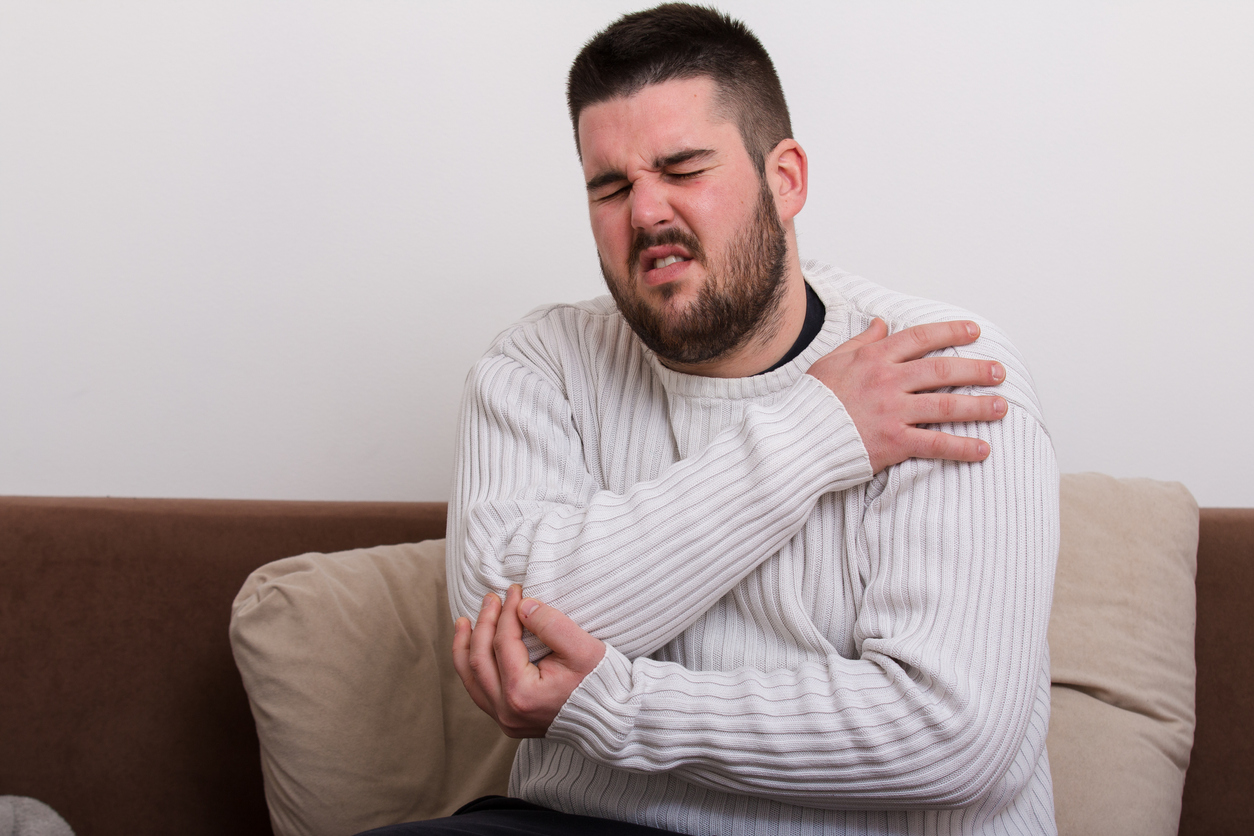
A bursa functions as a cushion between the bones, ligaments, tendons, and muscles near bony prominences in your body. It is a fluid-filled sac that reduces the friction between these parts during movement, allowing them to glide smoothly around each other. The plural term for bursa is bursae, and bursitis is the inflammation of one or more bursae.
Major bursae are found in the shoulder, elbow, hip, and knee joints. These parts of your body are often overused and are therefore prone to damage, which can cause inflammation to the bursae. This inflammation – bursitis – comes in two forms: acute and chronic.
Causes of Acute and Chronic Bursitis
Bursitis most commonly affects the elbow, hip, or shoulder. However, this condition can also develop in the knee, heel, and even your big toe. Sudden bursitis is acute, whereas chronic bursitis is ongoing – and this is what can cause them:
Acute Bursitis
Trauma or direct pressure to the bursa may result in acute bursitis. A fracture along the shoulder, elbow, or hip may also cause bursitis.
Likewise, acute bursitis may result from an infection. When bacteria enter the body through cuts on the skin, the nearby bursa may also get infected.
Chronic Bursitis
Chronic bursitis is caused by inflammatory arthropathies (joint diseases), underlying chronic conditions, or joint overuse. Inflammatory arthropathies cause inflammation due to errant biological processes, such as when an overactive immune system attacks your own tissues – as it does in rheumatoid arthritis (RA). Chronic conditions like diabetes may also result in chronic bursitis.
Symptoms of Acute and Chronic Bursitis
The main distinction between acute and chronic bursitis is how they develop. Acute bursitis is a result of injury and is rapid at its onset, whereas chronic bursitis builds up over time and may feel painless in the first stages.
Symptoms for these two types include the following:
Acute Bursitis
- Pain. With acute bursitis, you may feel pain whenever the joint is touched or moved. Depending on its location, you may feel little to no pain when the joint is at rest.
- Limited motion. Because of the joint pain, you may also find it difficult to move or to flex the muscle around the joint.
- Fever. If an infection caused the bursitis, you may have chills and feel feverish.
Chronic Bursitis
- Swelling and warmth in the affected area. With chronic bursitis, the bursa expands to accommodate the increased fluid in it, thus causing the surrounding area to become swollen and to feel warm to the touch.
- Limited motion. The swelling of the bursa may also lead to difficulty in moving the affected area.
Diagnosis and Treatment of Bursitis in North Dakota
The orthopedic doctors at The Bone & Joint Center have extensive knowledge and experience in diagnosing and treating diseases affecting the musculoskeletal system, including bursitis. Our board-certified healthcare providers and our staff are here to give you the optimal orthopedic care you need.
If you have any questions or would like to schedule an appointment, contact our friendly staff today by calling (800) 424-2663 or by filling out our appointment request form online now. Let’s work together to keep your bones and joints healthy and strong!

